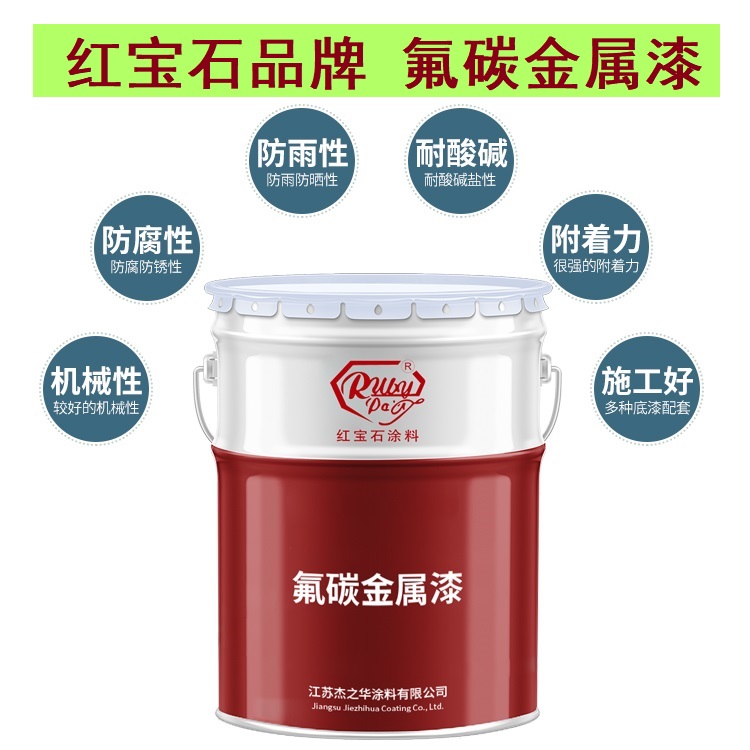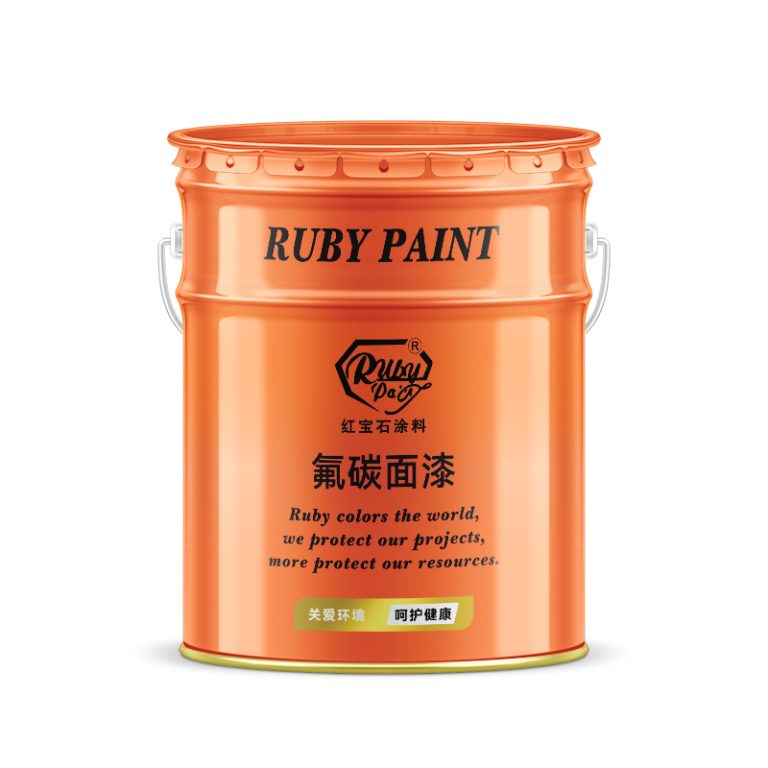Table of Contents
Benefits Of Using Urethane Rubber Molds For Concrete Casting
Urethane rubber molds have become increasingly popular in the concrete casting industry due to their numerous benefits. These molds are known for their exceptional durability, flexibility, and ease of use, making them an ideal choice for both professional and amateur concrete casters.

One of the primary advantages of using urethane rubber molds is their remarkable durability. Urethane rubber is a synthetic material that is highly resistant to wear and tear, allowing it to withstand the rigors of repeated use. This durability ensures that the molds can be used multiple times without losing their shape or integrity, making them a cost-effective option for large-scale concrete casting projects. Additionally, urethane rubber is resistant to chemicals and extreme temperatures, further enhancing its longevity and making it suitable for a wide range of casting applications.
Another significant benefit of urethane rubber molds is their flexibility. Unlike rigid molds made from materials such as metal or wood, urethane rubber molds are pliable and can easily accommodate intricate designs and complex shapes. This flexibility allows concrete casters to create detailed and unique pieces that would be difficult or impossible to achieve with other types of molds. Furthermore, the pliable nature of urethane rubber makes it easy to demold finished castings, reducing the risk of damage to both the mold and the concrete piece.
Ease of use is another key advantage of urethane rubber molds. These molds are relatively lightweight and can be handled effortlessly, making the casting process more manageable and less labor-intensive. Additionally, urethane rubber molds require minimal preparation before use. They can be easily cleaned and do not typically need a release agent, which simplifies the casting process and saves time. This user-friendly aspect of urethane rubber molds makes them an excellent choice for beginners and professionals alike.
Urethane rubber molds also offer superior surface finish quality. The smooth interior surface of the mold ensures that the finished concrete casting has a high-quality finish with minimal imperfections. This is particularly important for decorative concrete pieces, where aesthetics are a key consideration. The ability to produce smooth and visually appealing castings enhances the overall value of the finished product and can lead to increased customer satisfaction.
Moreover, urethane rubber molds are versatile and can be used with a variety of casting materials, not just concrete. They are compatible with plaster, wax, and some resins, making them a multipurpose tool for different casting needs. This versatility allows users to experiment with different materials and techniques, expanding their creative possibilities and broadening their skill set.
In conclusion, urethane rubber molds offer numerous benefits for concrete casting, including durability, flexibility, ease of use, superior surface finish quality, and versatility. These attributes make them an attractive choice for both novice and experienced casters, providing them with the tools they need to create high-quality, detailed, and unique concrete pieces. Whether for large-scale industrial projects or small-scale artistic endeavors, urethane rubber molds are a valuable asset in the world of concrete casting.
How To Properly Maintain Urethane Rubber Molds For Longevity
Urethane rubber molds are an essential tool in various industries, including manufacturing, automotive, and construction. These molds are prized for their flexibility, strength, and ability to reproduce intricate details. However, to ensure that urethane rubber molds maintain their functionality and longevity, proper maintenance is crucial. By following a few key steps, you can keep your molds in optimal condition and extend their useful life.
| No. | Product |
| 1 | Industrial paint |
First and foremost, it is important to clean the molds regularly. After each use, remove any residual material from the mold’s surface. This can be done using a soft brush or cloth, which will help prevent any particles from hardening and becoming difficult to remove later. For a deeper clean, you can use a mild soap and warm water solution. Be sure to rinse the mold thoroughly with clean water to remove any soap residue, as this can affect the quality of future castings.
| Serial No. | Article Name |
| 1 | Epoxy Zinc rich paint |
Once the mold is clean, it is essential to dry it completely. Moisture can cause the urethane rubber to degrade over time, leading to a loss of flexibility and detail in the mold. Use a soft, lint-free cloth to gently pat the mold dry, or allow it to air dry in a well-ventilated area. Avoid using heat sources such as hair dryers or heat guns, as excessive heat can warp or damage the mold.
In addition to regular cleaning, it is important to apply a release agent to the mold before each use. A release agent helps to prevent the casting material from sticking to the mold, making it easier to remove the finished product and reducing wear and tear on the mold. There are various types of release agents available, including silicone-based and wax-based options. Be sure to choose a release agent that is compatible with both the urethane rubber mold and the casting material you are using.
Another key aspect of maintaining urethane rubber molds is proper storage. When not in use, store the molds in a cool, dry place away from direct sunlight and heat sources. Ultraviolet (UV) light and high temperatures can cause the urethane rubber to degrade, leading to a loss of elasticity and detail. If possible, store the molds flat or supported to prevent any distortion of their shape.
It is also important to inspect the molds regularly for any signs of wear or damage. Look for cracks, tears, or any areas where the rubber has become stiff or brittle. If you notice any of these issues, it may be time to repair or replace the mold. In some cases, small repairs can be made using a urethane rubber repair kit, which can help extend the life of the mold.
By following these maintenance steps, you can ensure that your urethane rubber molds remain in top condition for many years. Regular cleaning, proper use of release agents, careful storage, and routine inspections are all key to preserving the functionality and longevity of these valuable tools. With the right care, urethane rubber molds can continue to produce high-quality, detailed castings, supporting your work and creativity in various applications.




